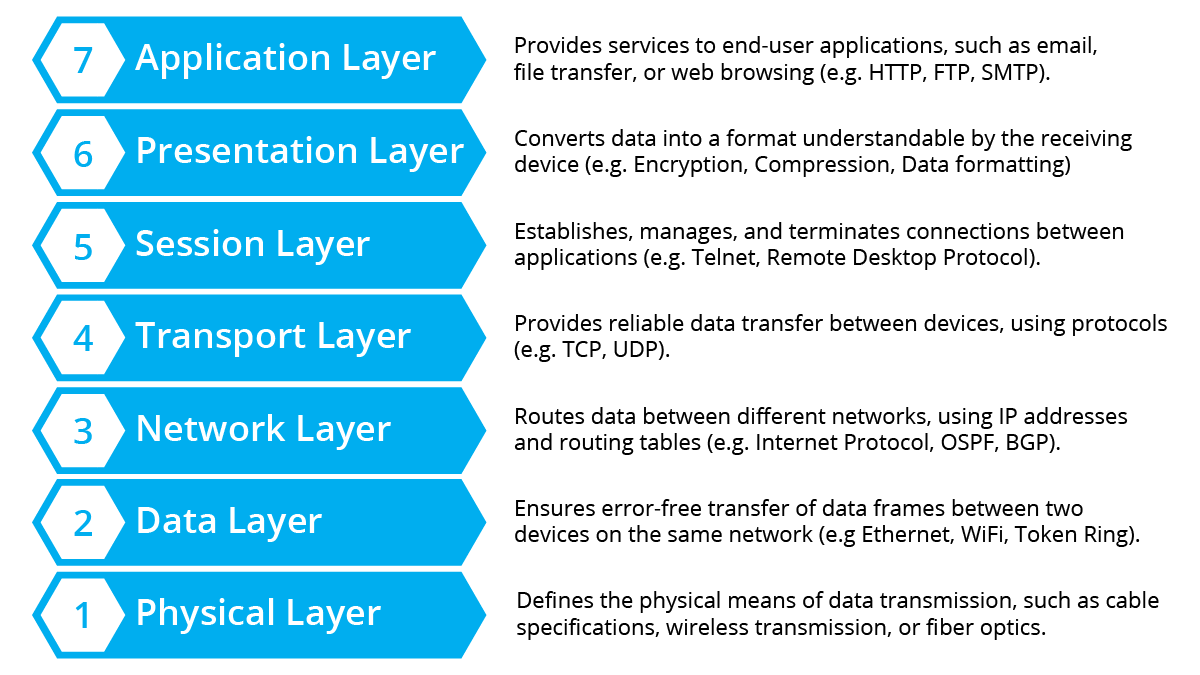The Zero Trust Network Architecture (ZTNA) movement has been around long enough that many vendors have proclaimed the “end of the VPN era” (1)(2)(3). While ZTNA offers valuable security benefits, we can’t help but wonder if this declaration is premature and naive.
Don’t get me wrong – ZTNA is a powerful approach to secure applications. By assuming all users are potential threats, it verifies, identities, and permissions before granting access to resources. However, relying solely on layer 7 (L7) solutions like those described by ZTNA advocates may leave your organization vulnerable to other types of attacks.

The Limitations of L7 Security
ZTNA’s focus on the application layer can’t address issues at the network layer. Few enterprises have HTTPS/web-based only infrastructure. It is more complicated than that at the network layer. This means that even with a robust ZTNA solution in place, you’re still exposed to threats like DNS spoofing, IP spoofing, and lateral movement.
Perhaps at the heart of our disagreement, if we had to pick “no vpns” vs. “everything is a vpn”, we would lean toward the latter. Your carrier network uses virtual private networks, your cloud subnets at AWS and Azure are virtual private networks, your VMware infrastructure running NSX is a virtual private network, and so it goes throughout the infrastructure used by well-secured enterprises. Oh and you’re technically reading this blog through a tunnel (encrypted communication channel established between your browser and the web server using TLS/SSL cryptography).
A Combined Approach is Key
Instead of relying solely on a simplistic definition of ZTNA, we recommend a combined approach that incorporates multiple security layers. This includes:
- Network segmentation: Divide your network into smaller segments based on business needs, reducing the attack surface and limiting lateral movement.
- Encryption: Encrypt sensitive data in transit using technologies like Wireguard, OpenVPN (SSL/TLS), and IPsec.
- ZTNA: Implement ZTNA to verify identities and permissions at the application layer.
- Network security appliances: Use network security appliances like firewalls, intrusion detection systems (IDS), and next-generation firewalls (NGFW) to detect and prevent threats at the network layer.
While ZTNA is an essential approach to a comprehensive network security strategy, it’s not a panacea for all network security issues. By combining multiple security layers, you can create a robust defense that addresses various threat vectors.
Don’t fall prey to the hype – take a balanced approach to securing your organization’s network.
